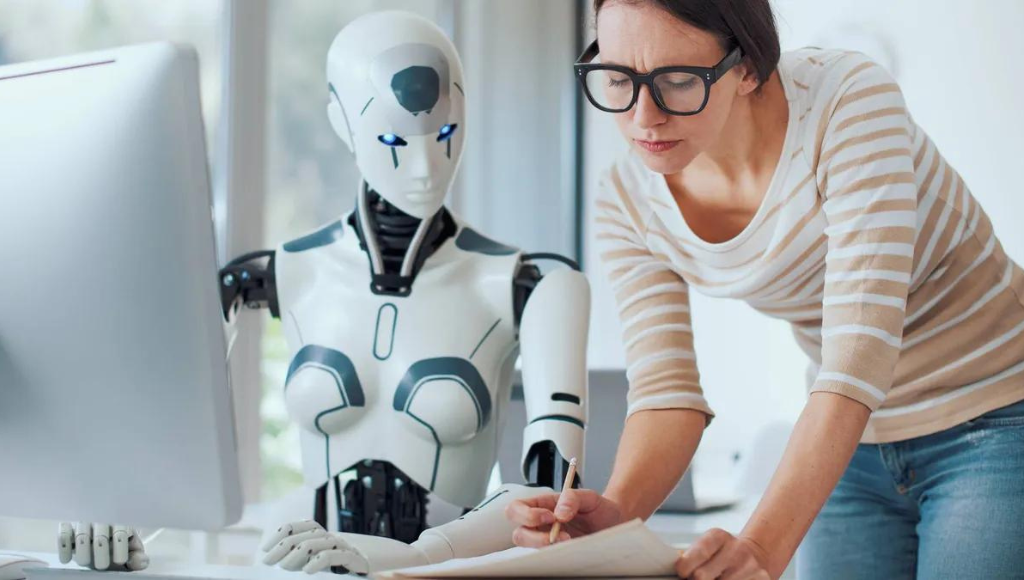The recent research study from MIT’s Computer Science and Artificial Intelligence Laboratory (CSAIL) aims to address the questions of whether AI will automate human jobs, which jobs are at risk, and when this automation might occur.
Various predictions from different sources, such as Goldman Sachs and McKinsey, have suggested significant levels of job automation by AI in the coming years. However, the MIT researchers sought to move beyond task-based comparisons and assess the feasibility and economic attractiveness of automating specific roles.
Contrary to expectations, the study found that many jobs previously identified as being at risk of AI displacement are not currently “economically beneficial” to automate. Neil Thompson, a research scientist at MIT CSAIL and co-author of the study, suggests that the AI disruption might happen more slowly and less dramatically than some predictions indicate.
The study specifically focused on jobs requiring visual analysis, such as inspecting products for quality at the end of a manufacturing line. The researchers did not explore the potential impact of text- and image-generating models like ChatGPT and Midjourney, leaving that to follow-up studies.
In their methodology, the researchers surveyed workers to understand the tasks an AI system would need to replace fully. They then modeled the cost of building such a system and whether businesses, particularly non-farm U.S.-based ones, would be willing to bear the expenses.
As an example, the study mentions a baker who spends about 6% of their time checking food quality. While this task could be automated, the estimated cost of deploying an AI system for this purpose outweighs the potential savings for many businesses.
The researchers found that only 23% of the wages paid to humans for vision tasks would be economically attractive to automate with AI. Even with a rapid decrease in costs, the study suggests that it would take decades for computer vision tasks to become economically efficient for firms.
Despite some limitations, such as not considering cases where AI augments human labor or creates new tasks, the researchers emphasize the importance of policy initiatives to prepare for AI job automation. They also highlight the need to decrease the costs of AI deployments and expand their scope for economic attractiveness. Overall, the study suggests that policymakers and AI researchers have time to implement effective measures as the process of AI job automation unfolds gradually over years or decades.






